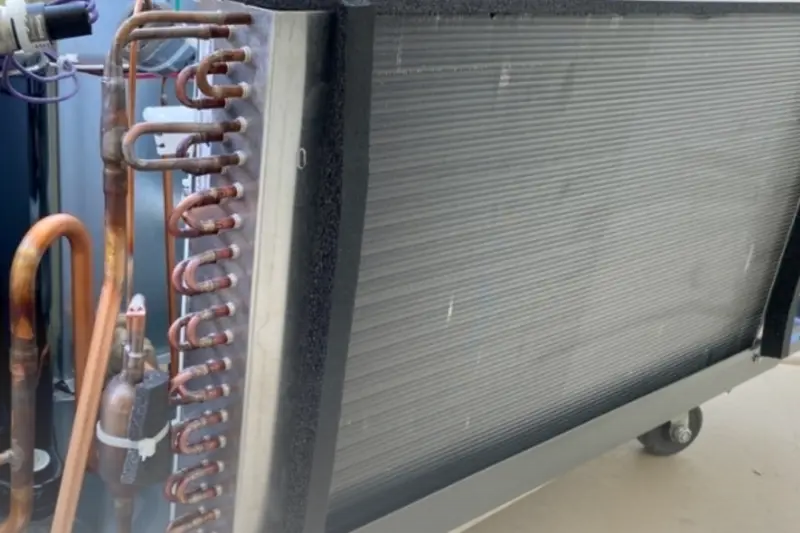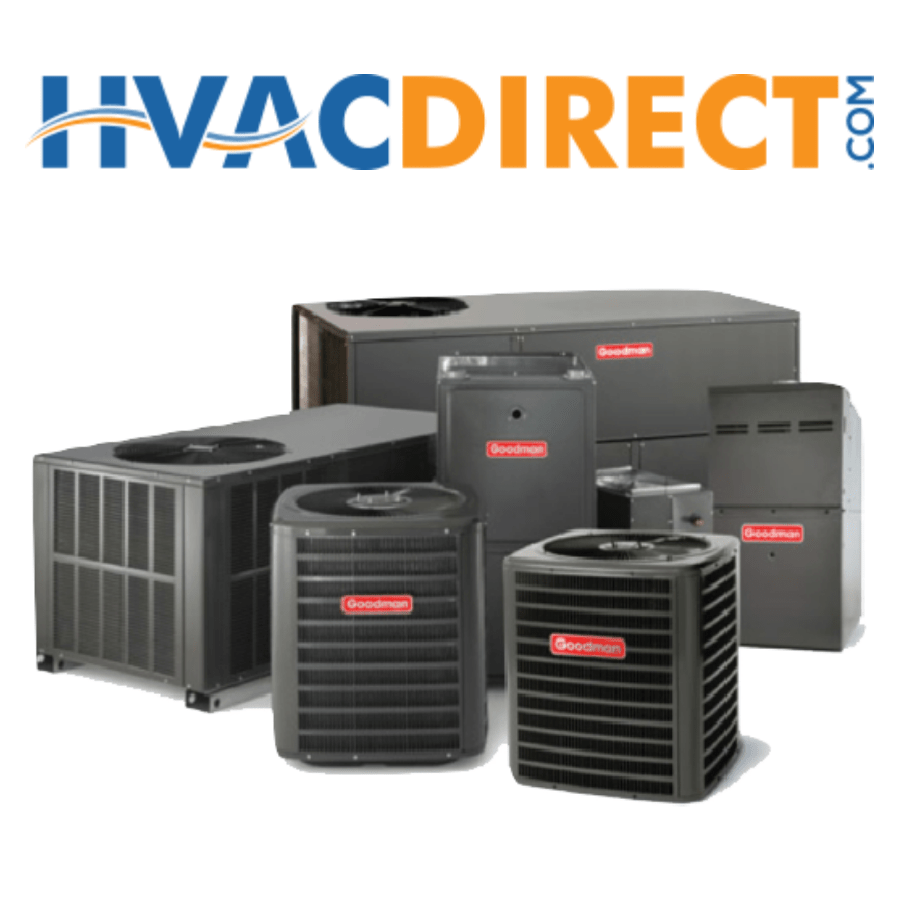Everything breaks eventually! Your AC won’t always break at an opportune time. Other problems may surprise you, including a broken blower motor. When your PTAC is short cycling, not blowing air, or leaking water, it’s good to know what you can fix and when to call a pro.
Your PTAC won’t survive forever, but it can still serve you well alongside the Common Problems With PTAC Units. Continued mechanical HVAC services NY maintenance will help your equipment last for years. How to diagnose and repair PTACs, optimal maintenance procedures, and when to call a technician.
Regular Maintenance
After basic troubleshooting, you may be able to determine the problem yourself. Otherwise, you may require expert help. Here are some common problems PTAC owners may encounter during the unit’s lifetime.
Bad Control Board
The Control board is PTAC’s brain. If it breaks, the whole unit fails. Control boards frequently malfunction with age, while there are other causes. Electronic parts of a PTAC tend to fail before mechanical ones, therefore this may be one of the first parts to repair.

Since most modern control boards are solid state, repairing them is not worthwhile. Without removing the device from the wall, replace the control board. Check the control board’s sub-level control boards as well. You can repair sub-level boards without changing the main unit.
If you’re not comfortable with intricate wiring, have a technician replace the control board. If you replace it yourself, pay close attention to how each cable is linked. Connect the cables to the new board as before.
Motor Seized
Some units provide heat but no airflow. Usually, the blower, condenser, or evaporator motor is faulty. First, check the motor’s capacitor. Bad capacitors prevent motor start-up. Sometimes replacing it is the only solution.
Broken motors also occur. If it’s the blower motor, you’ll feel heat near the grill but not a few inches away. Your main heat source won’t work if the condenser or evaporator motors don’t. You’ll have little extra heat (usually from the heat pump).
If the condenser or evaporator motors break, your cooling may stop. Because the evaporator motor extracts heat through the back, you may also have temperature control concerns. A poor motor may not even run.
Because these motors are always working, they wear down faster and may need to be changed more often than other parts.
Heat Kit Malfunction
Excess condensation in some versions can damage the heat kit until it quits operating. Built-in heat pumps will get heat from the primary source, but not the heat kit. This reduces the heat’s power. Often, the heat kit’s wires are the problem. Water can ruin these wires’ connections and limit switches.
To fix it, replace the heat kit and auxiliary parts.
Rare Repairs
If you maintain your unit well, you may avoid moisture and maintenance issues. You may encounter them sometime. Here are some repairs to consider when troubleshooting.
Compressor problems
The PTAC compressor is the toughest part. Unless broken or poorly maintained, it should last the entire life of your unit.
Compressor difficulties create inappropriate temperatures, restricted airflow, loud noises, and refrigerant leakage. You may need to undertake more testing to see if the problem is the compressor or another item.
Usually, a specialist must test the compressor’s Ohms with a multimeter. If it shorts or goes to the ground, a technician must replace it. A broken pressure switch, a capacitor that won’t start the compressor, or an overload may be to blame. Depending on the problem, you may need to repair parts and restart the machine.
Leaky
Sometimes your device “spits” water through the front grill. Sometimes bottom condensation leaks. There are many possible causes.
- Usually, a leaking or spitting item isn’t placed properly. PTACs condense on the coils during cooling. Condensation drips into the unit’s drain pan. If properly fitted in the wall sleeve, the device should be slanted backward so water drains outside.
- A slightly slanted unit may allow water to blow through the front grill. Otherwise, it may seep out the bottom of the device. To remedy this, tilt your unit if necessary. Manufacturers recommend angling your unit 2° toward the exterior.
- A leaking device may have a clogged drain pan. If a drain pan isn’t cleaned, dust and dirt might prevent water from draining outdoors. To remedy this, clean and replace the drain pan.
Coils Are Frozen
If you’ve observed icicles on an AC unit’s rear, it has frozen refrigerant coils. If this happens, your PTAC unit may stop chilling or cause water to flow from the drain pan.
- Uncleaned refrigerant coils often freeze. If so, clean the coils before reinstalling the unit.
- Sometimes it’s a refrigerant leak. If you can fix the coils yourself, you can install a piercing valve to introduce more refrigerant. Then weld it.
When our specialists repair coil leaks, they cut off the line to the leaking side and install an access port. Then we’ll add additional refrigerant and squeeze it shut. This pinching tool seals and welds the hole. These units look factory-new when finished.
Maintenance Tips
Good maintenance will help your PTAC last longer and save costly repairs. Well-maintained PTACs should last 18-20 years.
Here are some recommendations for preserving your PTAC.
Filtering
Air filters improve more than indoor air quality. It reduces the unit’s efficiency and longevity. Every 30 days, update or clean your filter. Your filter absorbs dust and other contaminants after that time. Pollutants pile up on the filter and blast into the air. This buildup inhibits airflow via the filter and coils, putting stress on the compressor. This pressure shortens your compressor’s life, leading to costly repairs.
Coil-cleaning
Outside air blowing through the refrigerant coils might collect dust and particles like the air filter. PTAC coils should be cleaned once a year (if not every six months). This keeps them from freezing or causing pressure from restricted airflow.
PTAC coil cleaning is a dirty job that’s easier to manage outside. In addition to warm water, use a cleaning solution. Any store-bought cleaner will work, but make sure it’s made for HVAC parts. If you’re cleaning the coils inside, use a milder cleaner than usual.
Lather cleaner on a rag or gentle brush to clean coils. Apply the coil cleaner as directed. Low-pressure hose it off. High water pressure can destroy coils.
Before reinstalling it, read the cleaning product’s instructions for how long to let it air out.
Backside clean
Mulching, gardening, or painting are often done around ground-floor PTAC units. Since the PTAC’s back is exposed through the wall, this is a concern.
Mulch, brush, leaves, and paint can clog coils. This makes it harder for air to flow through the device, limiting the compressor’s life. You can beautify your building’s outside but do so before installing PTACs or soon after.
Overlarge
Bigger isn’t always better when buying a PTAC unit. Depends on the room size.
Imagine a 350-square-foot room. 15,000 BTUs may cool this little space faster than 9,000 BTUs, but it won’t operate long enough to remove moisture out of the air. Short cycling describes this. This produces mold and moisture problems if not treated with a dehumidifier.

The 9,000 BTU unit may run longer, but it’s better sized for a 350-400 square foot room.
When to Replace PTAC?
Although many parts of your PTAC may simply be changed, certain problems are just too complicated to solve. Repairing a persistent refrigerant leak is difficult, say several professionals. Large or persistent leaks that linger for weeks (even after first repairs) are frequently not worth addressing.
Leaks start in the unit’s back coils. Because of how coils are made, locating a leak might be difficult. Changing the coils normally requires a professional’s help. Even then, you should probably scrap the device and buy a new or refurbished one for the same amount.
Summary
PTACs are complex, yet straightforward to repair. If you’re mechanically inclined, you may fix your own PTAC by viewing tutorial videos and carefully installing a replacement part. This is why Amana is a good investment. They’re reliable and easy to fix.
Repairs are difficult. Without PTAC experience, diagnosing problems can be challenging. Finding a cheap part online or in a store can still be difficult. Bluco Mechanical HVAC services NY company experts can help you find cheap PTAC parts and find out How To Repair AC Gas Leakage. Not worth it? We also have new and refurbished units. Call (929)-447-2077 or email us for repair assistance and help to choose the best unit.



No Comments
Be the first to start a conversation